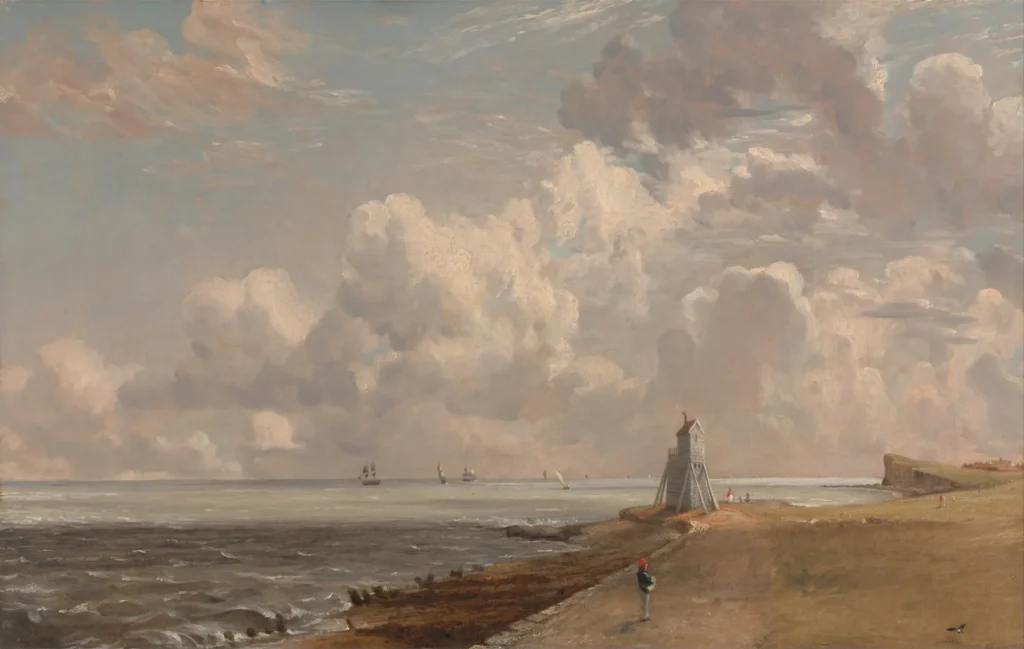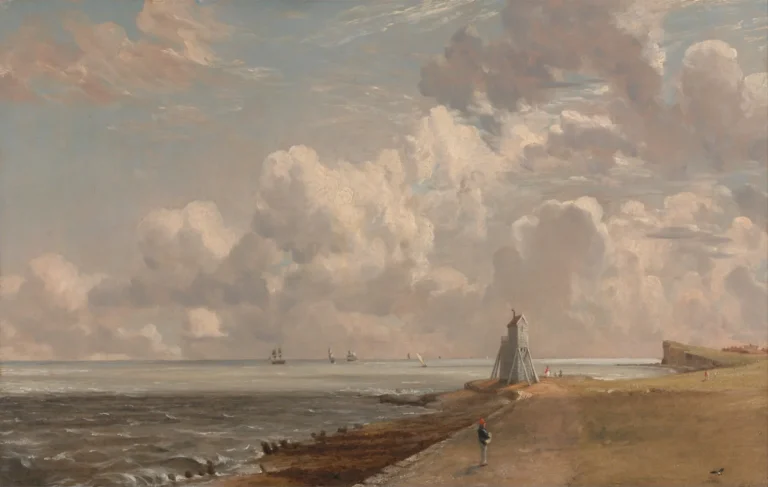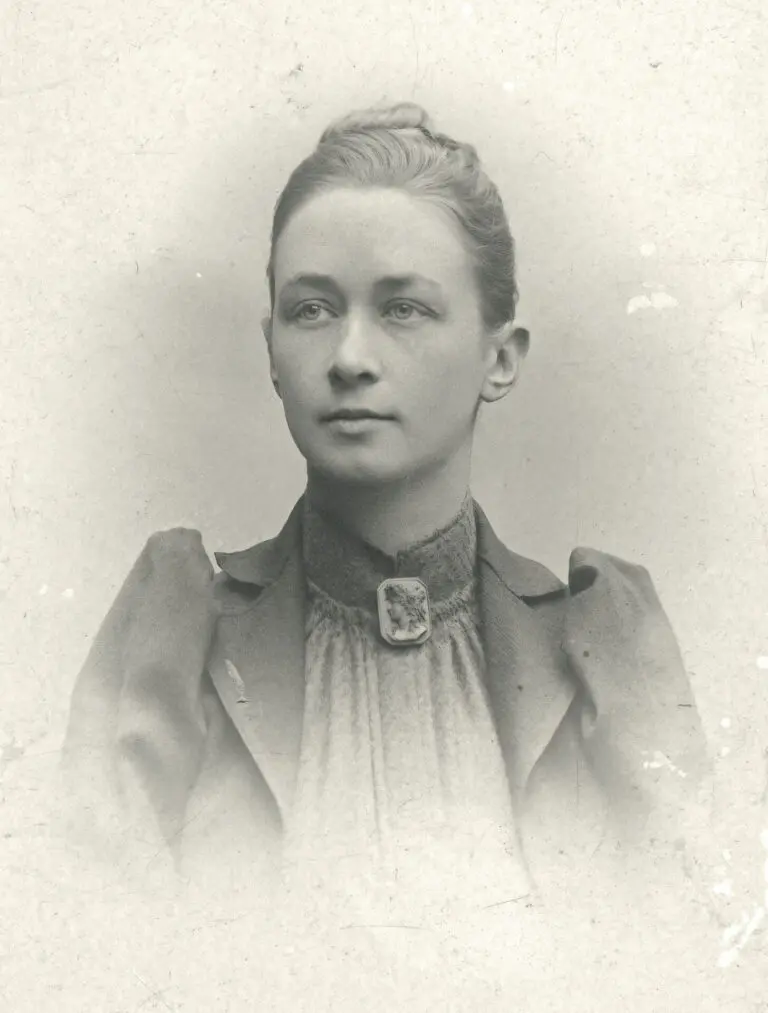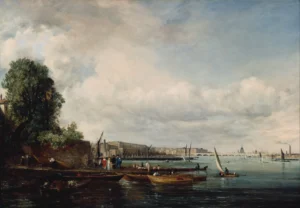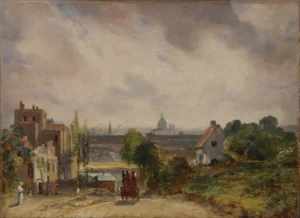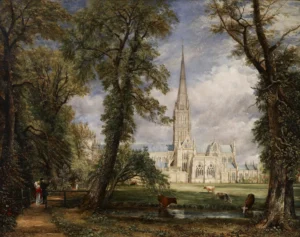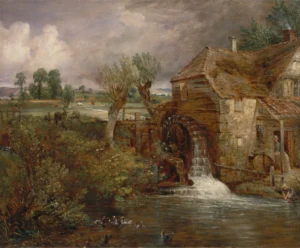Harwich-The Low Lighthouse And Baecon Hill
Created circa 1820 by renowned British artist John Constable, 'Harwich: The Low Lighthouse and Beacon Hill' captures the enchanting coastal landscape of Essex, highlighting the iconic Harwich Low Lighthouse and Beacon Hill. This oil on canvas work, measuring 13 x 20 inches, represents Constable's fascination with natural scenery and the architectural harmony within it. Displayed at the Royal Academy's Summer Exhibition in 1820, this painting continues to resonate with viewers today as part of the prestigious Yale Center for British Art collection.
circa 1820
About the Artwork
John Constable, celebrated for his profound connection to the English countryside, painted 'Harwich: The Low Lighthouse and Beacon Hill' around 1820. This work emerges from his passion for landscape painting, particularly coastal scenes that reflect both nature and human influence. Notably, General Rebow, a patron of Constable, managed the lighthouse depicted in the painting. Constable created three nearly identical versions, showcasing his dedication to capturing the essence of this tranquil yet dynamic coastal vista. His work provides a glimpse into the relationship between nature and humanity, emphasizing the significance of this locale in the early 19th century.
Did You Know
Harwich Low Lighthouse, a focal point of Constable’s painting, served as an essential navigation aid on the busy shipping routes of the North Sea, showcasing the interplay between maritime activity and coastal landscapes.
Constable was known for his en plein air technique, painting outdoors to capture the natural light and atmosphere of the scene. This method allowed him to convey the essence of the English landscape with remarkable realism.
General Rebow, who maintained the lighthouse depicted in the artwork, was an important patron for Constable, reflecting the artist’s strong ties to his subject matter and the community that supported his work.




